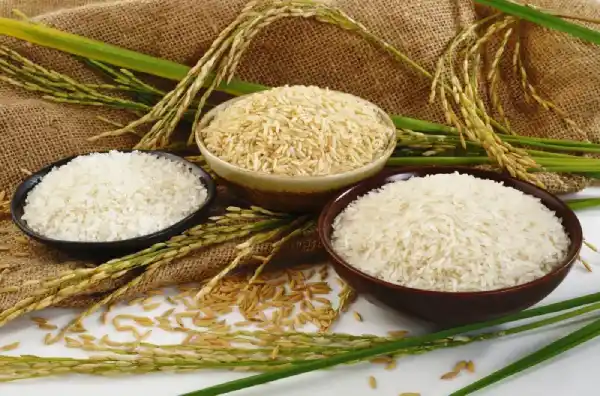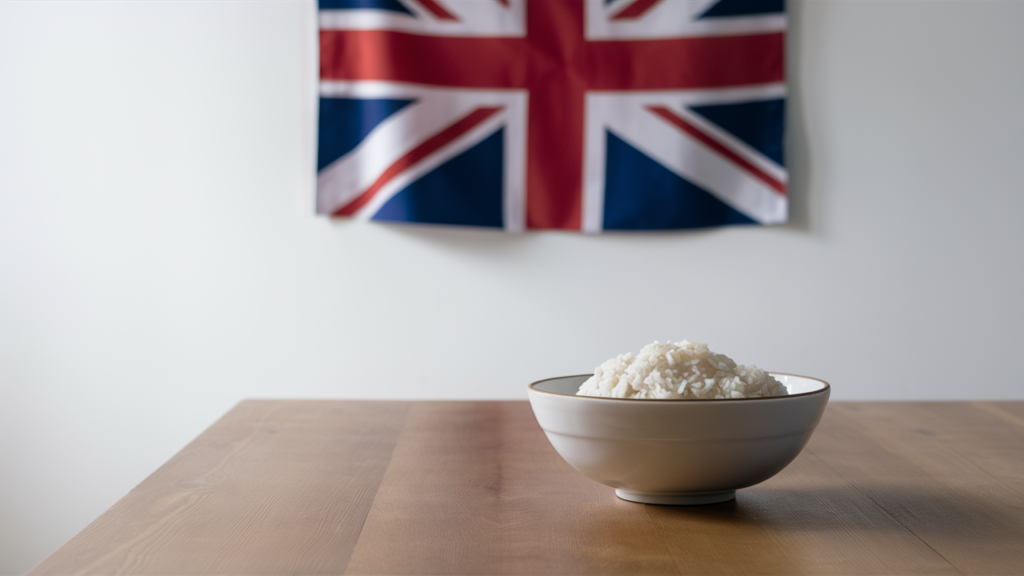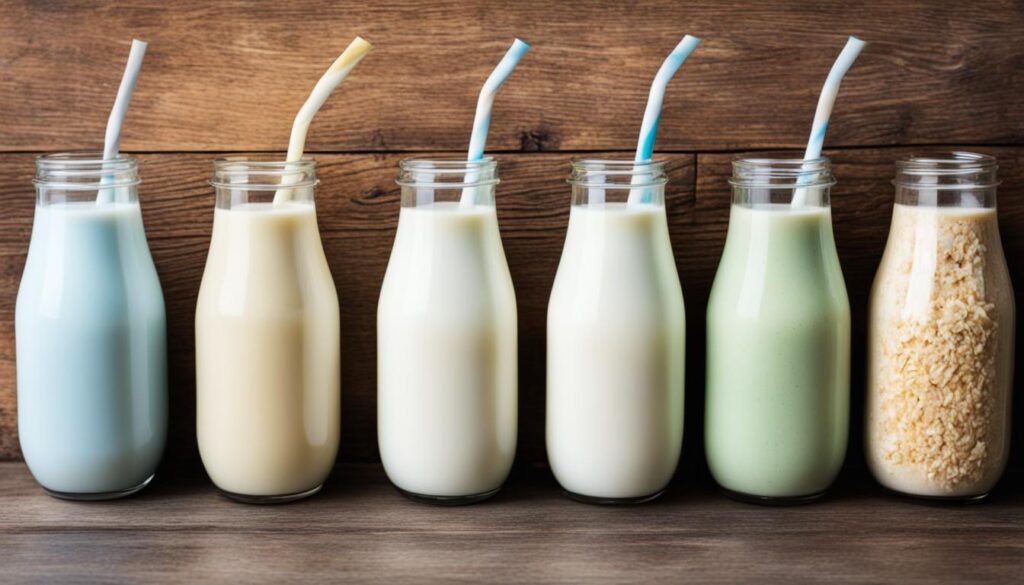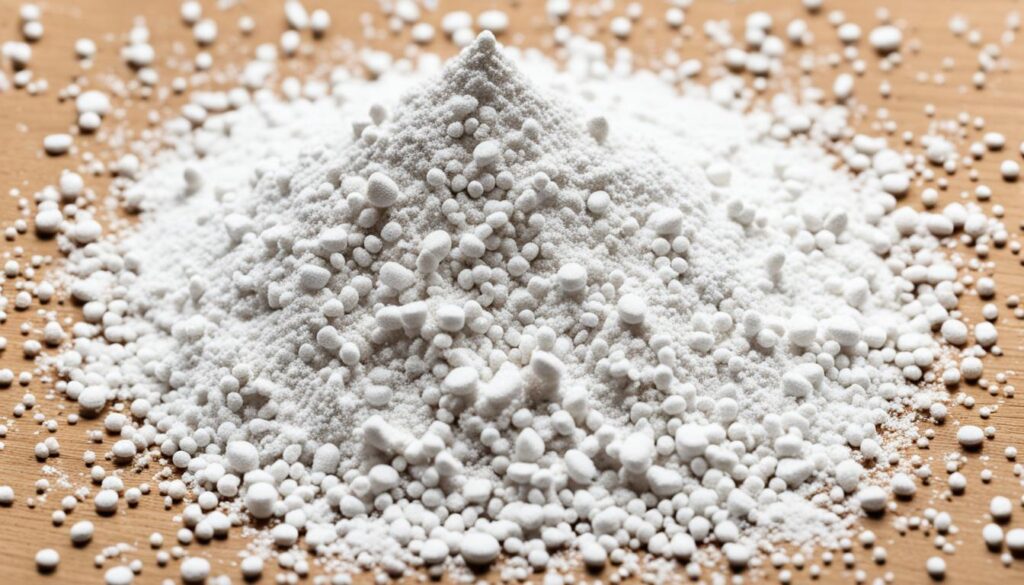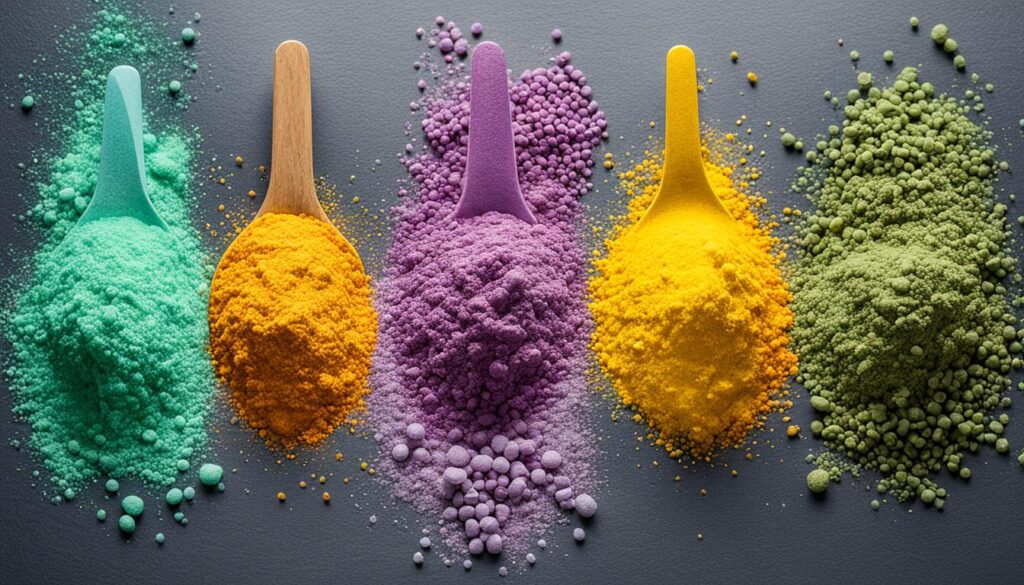
Introduction to Korean certified rice syrup
Korean cuisine is known for its rich flavours and diverse ingredients, with one staple being Korean certified rice syrup. Derived from rice, this sweetener plays a vital role in traditional Korean dishes, providing sweetness and depth of flavour. However, for individuals with dietary restrictions or those seeking alternatives, exploring substitutes becomes necessary.
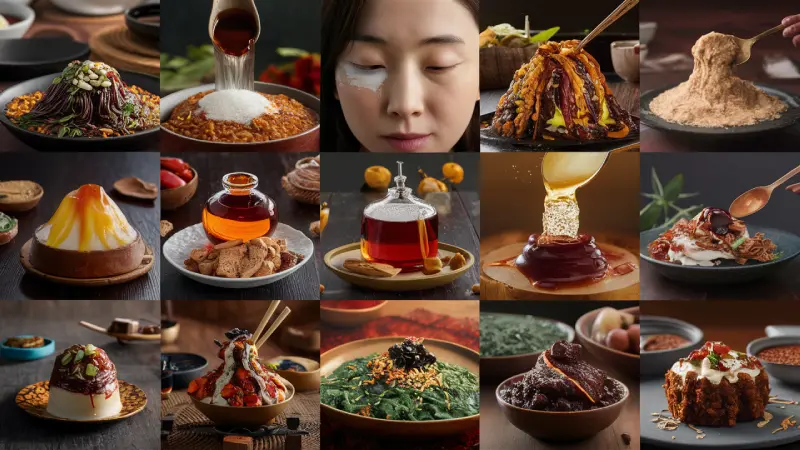
The Need for Substitutes
While Korean certified rice syrup is a popular choice, it may not be suitable for everyone. Individuals with allergies to rice or those following specific dietary plans, such as a low-carb or gluten-free diet, may need alternative sweeteners.
Availability and Accessibility
It might not be readily available in all regions, making it challenging for individuals outside of Korea to access it. Finding substitutes that are more widely available can ensure that everyone can enjoy Korean-inspired dishes.
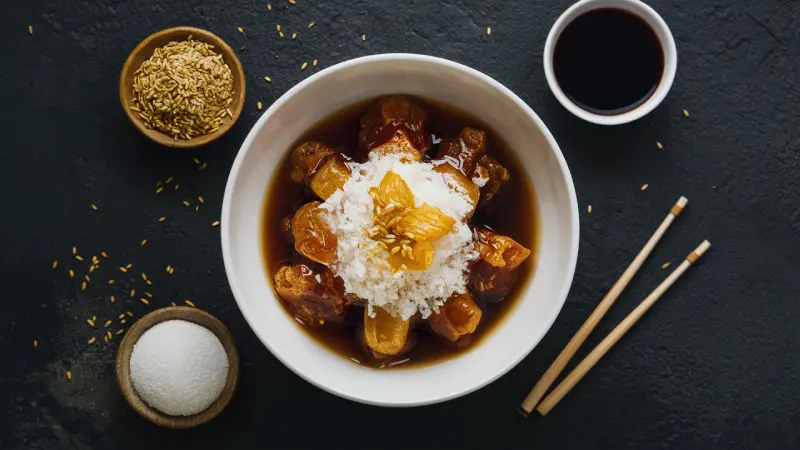
Traditional Korean certified rice syrup Alternatives
In traditional Korean cooking, several substitutes can replace rice syrup while maintaining authentic flavours:
- Honey: Known for its natural sweetness, honey can be a suitable replacement for Korean certified rice syrup in many recipes.
- Corn Syrup: Although not as natural as other alternatives, corn syrup provides a similar level of sweetness and viscosity.
- Malt Syrup: Made from sprouted barley, malt syrup offers a distinct flavor that complements Korean cuisine.
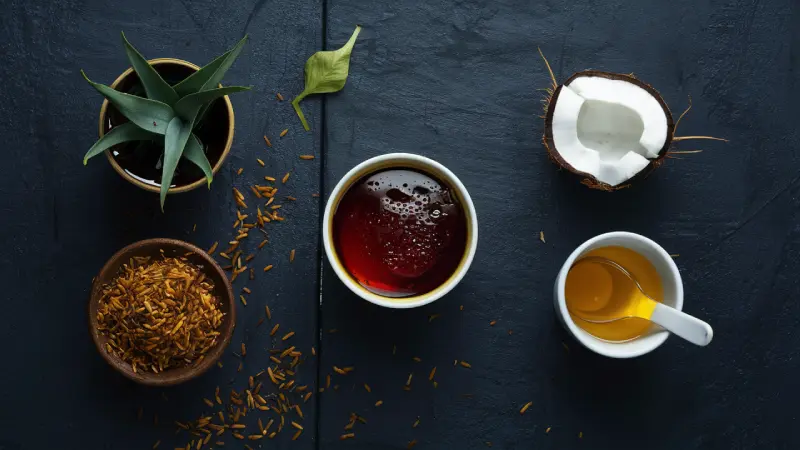
Exploring Modern Substitutes
As awareness of health and dietary concerns grows, modern alternatives to Korean certified rice syrup have emerged:
- Agave Nectar: Derived from the agave plant, agave nectar is sweeter than sugar and has a lower glycemic index.
- Maple Syrup: With its rich, caramel-like flavour, maple syrup can add depth to dishes while serving as a natural sweetener.
- Coconut Nectar: Extracted from the sap of coconut blossoms, coconut nectar offers a unique flavour profile and is suitable for vegan diets.

Comparison of Sweeteners
Flavor Profiles
Each substitute brings its distinct taste to dishes, influencing the overall flavor profile. Understanding these differences allows cooks to select the best option for their recipe.
Glycemic Index and Health Considerations
For individuals monitoring their blood sugar levels or following specific diets, the glycemic index of sweeteners is an important factor to consider. Opting for substitutes with lower glycemic indexes can support healthier eating habits.
Cooking and Baking Properties
Different sweeteners may react differently when exposed to heat or mixed with other ingredients. Considering the cooking and baking properties ensures that the final dish achieves the desired taste and texture.
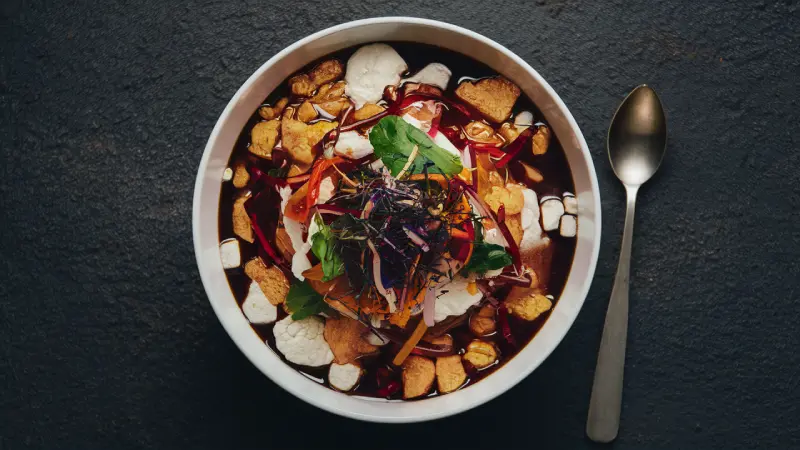
Tips for Substitution
Conversion Ratios
When substituting Korean certified rice syrup with alternatives, understanding the conversion ratios ensures that the sweetness levels remain consistent.
Flavor Adjustments
Experimenting with different sweeteners may require adjustments to other ingredients to balance flavours effectively.
Texture Considerations
Certain sweeteners may affect the texture of dishes differently. Adapting recipes to accommodate these changes ensures the desired outcome.

Incorporating Substitutes into Asian Cuisine
Recipes and Ideas
From savoury marinades to sweet desserts, incorporating alternative sweeteners opens up a world of culinary possibilities. Exploring recipes that highlight these substitutes can introduce new flavours and experiences.
Cultural Adaptations
While traditional Korean dishes often rely on specific ingredients, modern interpretations allow for cultural adaptations that reflect diverse tastes and preferences.

Conclusion
Exploring Korean certified rice syrup substitutes provides an opportunity to diversify culinary experiences while accommodating dietary needs and preferences. Whether sticking to traditional ingredients or embracing modern alternatives, the versatility of sweeteners in Asian cuisine ensures that everyone can enjoy the rich flavours of Korean-inspired dishes.
XI. FAQs
Can I use regular sugar as a substitute for Korean certified rice syrup?
Yes, regular sugar can be used as a substitute, but it may alter the flavor and texture of the dish.
Are there any low-calorie alternatives to Korean certified rice syrup?
Yes, options like stevia or monk fruit sweeteners offer sweetness without the added calories.
Can I use fruit purees as a substitute for Korean certified rice syrup?
Fruit purees can add sweetness and moisture to recipes, but they may not provide the same texture as rice syrup.
What is the shelf life of alternative sweeteners compared to Korean certified rice syrup?
The shelf life varies depending on the sweetener. While some alternatives like honey have long shelf lives, others may require refrigeration and have shorter durations.
Are there any cultural considerations when using substitutes in Korean cooking?
While traditional recipes may call for specific ingredients, modern adaptations allow for flexibility and experimentation, catering to individual preferences.



